What is our primary use case?
I have deployed the solution in the data center environment, managing both virtual machines and physical servers. Local backups have been implemented, and tasks that were previously done manually are now automated, increasing the productivity of the IT team, as they can focus on other tasks while the tool handles the backups.
Additionally, the solution has been configured for database backups, which used to be a major headache for database administrators, especially when databases were damaged. Now, with both full and incremental backups, the response time for data recovery has been significantly reduced. The experience has been excellent.
How has it helped my organization?
Nakivo enables the automation of tasks within the organization, addressing issues related to forgetting such a critical task as data protection and mitigating the risk of data loss due to human error.
Additionally, it provides a centralized environment for managing backups, ensuring constant monitoring and validation of both backups and storage usage, all just a click away.
It is an investment that every institution that understands the value of every bit of data within the organization should make. Nakivo is an excellent option to consider.
What is most valuable?
The most notable feature of the solution is its ability to perform granular backups, allowing complete customization of what we want to back up.
The ability to define and back up even individual critical files according to our specified schedule is highly valued.
Additionally, its capability to back up virtual machines is noteworthy, but its ability to verify the bootability of these backups is especially practical.
Previously, it was often necessary to restore servers without knowing if the backup would work. Now, we simply verify if the backup is up-to-date and proceed with the restoration.
What needs improvement?
NAKIVO should broaden its horizons in terms of compatibility and integration with other tools. For instance, it would be beneficial to test its integration with other virtual environments like Proxmox, as I have not yet had the opportunity to conduct the necessary tests for this new proposal from NAKIVO.
Additionally, integrating the tool with ERP systems and monitoring tools is essential. Lastly, I would suggest putting more effort into making the user interface more intuitive to enhance the backup management experience.
For how long have I used the solution?
I have been working with the solution for nearly a year, from design to implementation, and I am truly impressed by how comprehensive the tool is. It even features functionalities found in the most well-known backup solutions but at a more affordable price.
What do I think about the stability of the solution?
It is a very stable and reliable solution. At least so far, I haven't encountered any errors in the backup tasks.
What do I think about the scalability of the solution?
It is a solution that can support growth, whether it is geographical expansion or an increase in the amount of data to be managed. You just need to keep in mind some licensing considerations.
Which solution did I use previously and why did I switch?
I've used solutions from other providers before. However, the main reason for switching to NAKIVO was the cost-effectiveness of the solution and the extensive software benefits it offers.
How was the initial setup?
It is a solution where both deployment and future growth are easy to manage, so this aspect does not have to become a headache for administrators.
What about the implementation team?
The implementation was carried out by an internal team.
What's my experience with pricing, setup cost, and licensing?
Thoroughly assess your needs before purchasing the solution. Depending on how your data center operates, you will need to determine whether the licensing should be based on workload or socket.
It’s also crucial to ensure that your network provides the necessary conditions and speeds to enable fast and efficient backups.
Which other solutions did I evaluate?
Yes, solutions like Veeam Backup have been evaluated.
What other advice do I have?
Don’t be deterred by the competitive pricing of this solution; it is highly effective and functional.
If you prefer not to take a blind risk, you can request a 15-day demo by simply filling out a form on the manufacturer's website.
Which deployment model are you using for this solution?
On-premises
Disclosure: My company does not have a business relationship with this vendor other than being a customer.

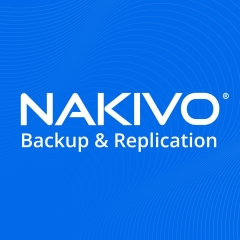



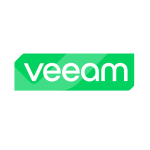
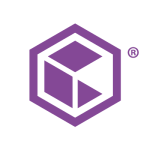






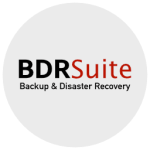

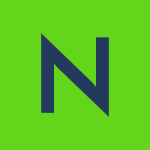

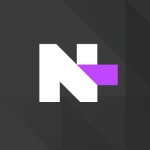
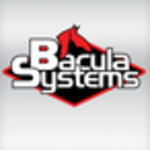

Thank you for choosing NAKIVO. We're sorry to hear that you didn't find what you need in our knowledge base. Please make sure to reach out to our support team and they will do everything to assist you as swiftly as possible.
You can contact support right from the product interface or find other methods here: https://helpcenter.nakivo.com/display/support/